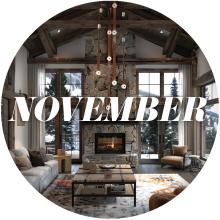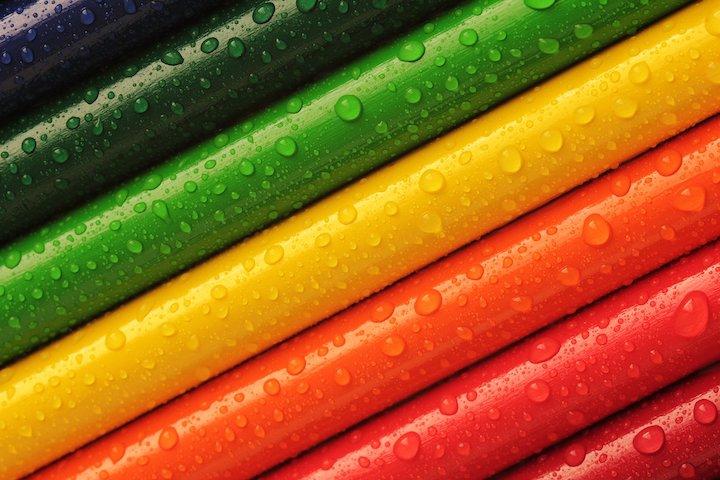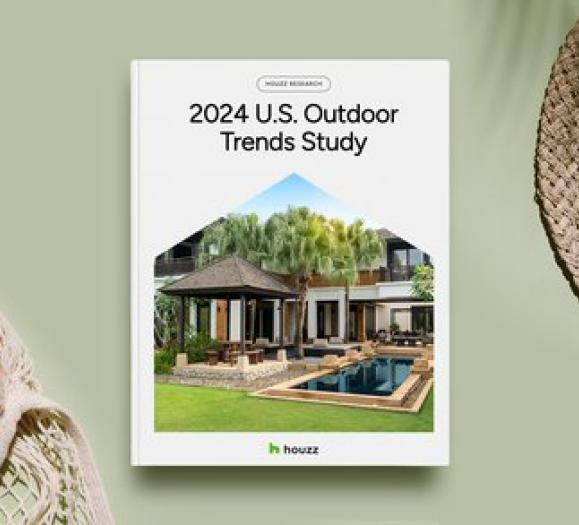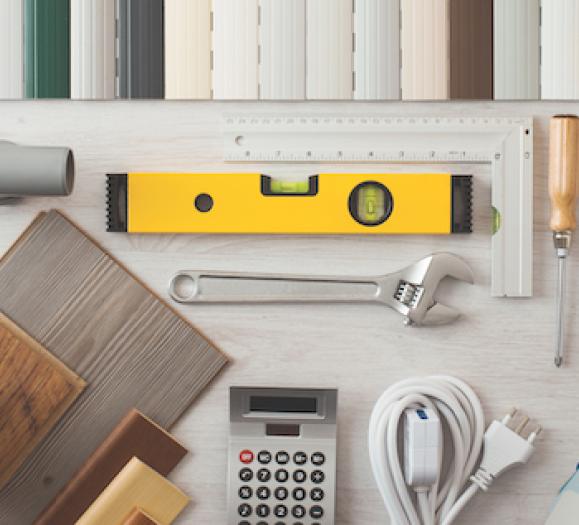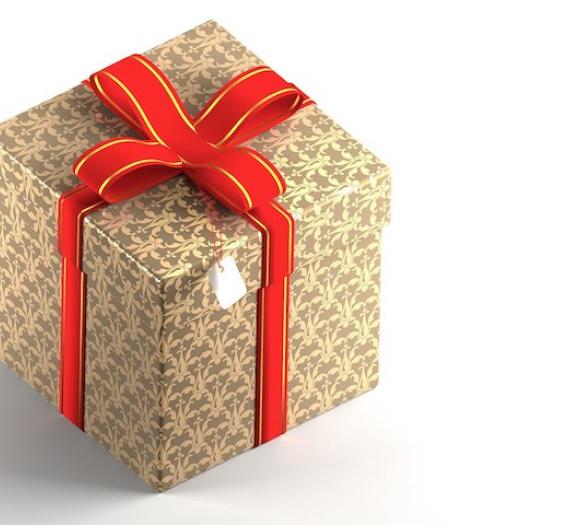While every person has their own associations with different colors and no one color has a universal effect on viewers, there are some overarching trends in color perception that have considerable implications when it comes to consumer preferences and buying behavior. Choosing the right colors for your branding and marketing efforts can help you stand out from your competitors and help your customers understand your brand identity. Here’s what research tells us about common perceptions of colors and how they influence consumer purchasing behavior.
Branding and Buying Behavior
- 93 percent of consumers say the visual appearance of a product is the most important factor, followed by texture and smell.
- 85 percent of shoppers say color is a primary reason why they buy a particular product.
- Customers generally make an initial judgment on a product within 90 seconds of interaction with it, and about 62 to 90 percent of that judgment is based on color.
- Color increases brand recognition by 80 percent.
[source: Kissmetrics]
Color Perceptions
The colors you use in your branding and marketing can make a big impact on how your brand is perceived. Below, see what research says about what emotions the colors of the rainbow tend to elicit, and how people often perceive those colors.
Red
- triggers powerful emotions and creates a sense of urgency
- traits: bold, adventurous, energetic
- 9 percent of people consider it “cheap”
Orange
- generates a feeling of warmth
- traits: adventurous, competitive, disaffected
- 26 percent of people consider it “cheap”
Yellow
- represents youthfulness, happiness, fun
- traits: independent, strategic, impulsive
- 22 percent of people consider it “cheap”
Green
- easy on the eye and relaxing, associated with health and nature
- traits: open, friendly, authentic
- 6 percent of people consider it “cheap”
Blue
- associated with strength, wisdom and calm
- traits: loyal, respectful, social
- 1 percent of people consider it “cheap”
Purple
- associated with royalty
- traits: sensitive, dignified, understanding
- 4 percent of people consider it “cheap”
Pink
- associated with femininity and youth
- traits: spiritual, innovative, practical
- 3 percent of people consider it “cheap”
Black
- associated with luxury and power
- traits: decisive, confident, serious
- 1 percent of people consider it “cheap”
White/Silver
- associated with cleanliness and modernity
- traits: optimistic, independent, innocent
- 9 percent of people consider it “cheap”

